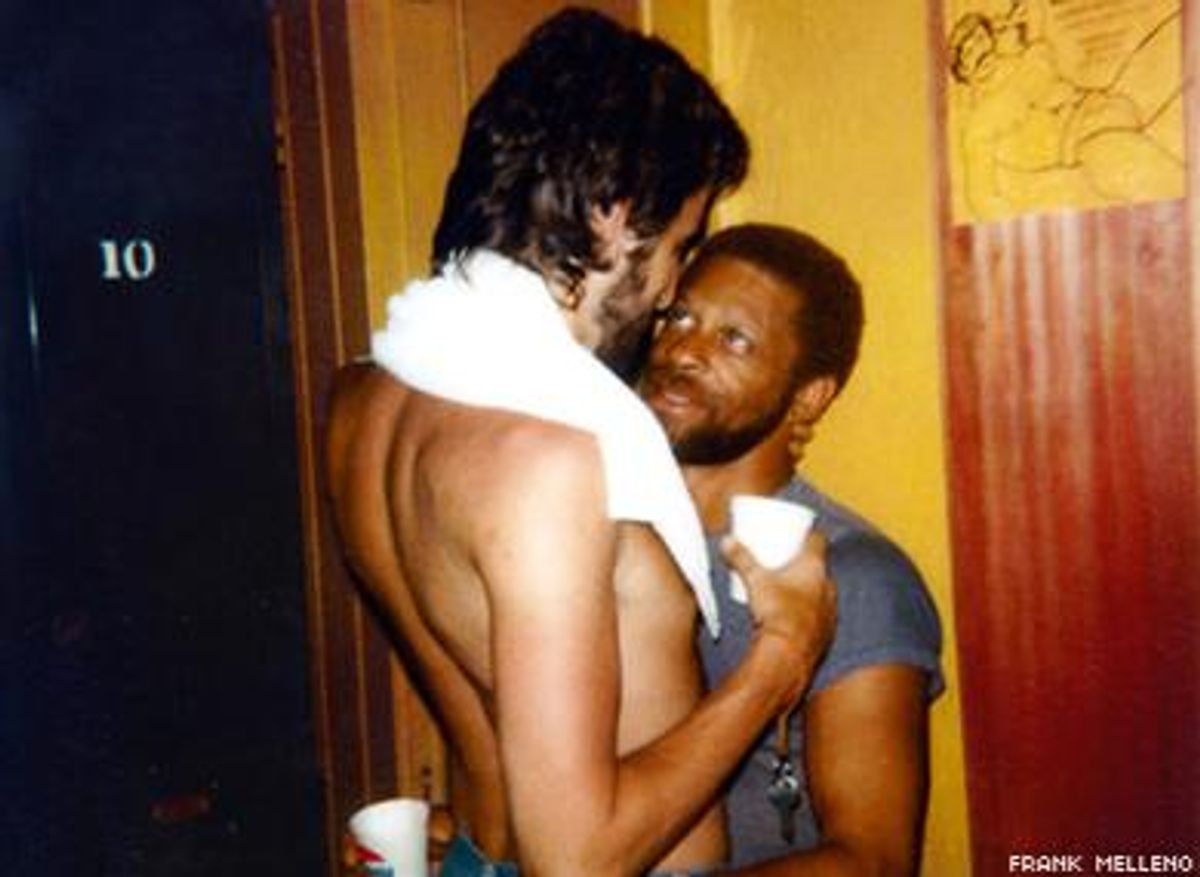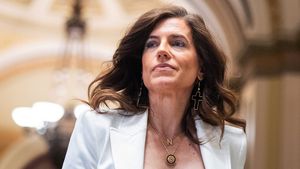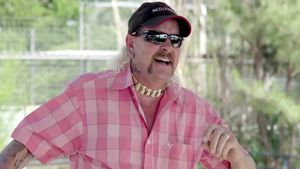A day and a night at the Fairoaks could mean a lot of things. The acrid smell of popper fumes and stale marijuana smoke. The clank of an eight ball in a rear pocket, the rattle of chains. Low moans and orgasmic shouts heard over an endlessly played Sylvester tune, "Do You Want to Funk With Me?" Giggles. Grunts. And whispers. The passing drifts of another cool fog spied through a curtained bay window. The happy laughter of good friends getting together. The slapping flesh of one-time lovers lustily gettin' it on.
Those were the times to remember, not to ever forget--as if one could in their fleeting glory. Dateline: San Francisco, 1978. Life seemed never better in this fabled City-by-the-Bay. The gay revolution was in full flower--sexy, charged with itself, admitting no shadows. This brief zenith would be over in a blink. But for the denizens of the Fairoaks Hotel and other places like it all over town, it was eyes wide-open, as if every second counted. Because they did. The ticking of the clock of youthful beauty and passion was about to chime midnight and who knew what another morning would bring?
Photographer Frank Melleno must have intuited the once-in-a-lifetime magic of the moment when he took these candid Polaroid pictures. He'd been a member of the '70s gay commune that went on to purchase and convert a faded but wonderfully intact Victorian apartment building on the edge of a black neighborhood into a gay bathhouse.
San Francisco was filled with establishments like this--ranging from the outright seedy to gaily grandiose--but there was no place quite like the Fairoaks Hotel. It literally stood alone, at the intersection of Oak and Steiner streets, perched on a hill overlooking the lower Haight/Fillmore district; an urban patch not yet gentrified by the city's swelling tide of gay Boomers and some distance from the neighborhoods they typically occupied.
The Fairoaks' existence was short-lived--1977 to 1979--but fondly recalled by its patrons for a number of things. For one, it was a racially inclusive place for gay men to have sex, unlike some of the city's hot spots that were less welcoming of people of color. And then, well, it was cheap--meaning it was relatively inexpensive compared to other such places in town. Full-sized rooms were just five to seven dollars for the night; lockers, one to three dollars. The cost of a yearly membership was only four bucks.
Once checked in, you could store your valuables in a safe at the entry. The next room was a relaxed lounge with overstuffed '40s furniture adjacent to a snack bar and an open DJ booth. One could hangout on the aptly named "Joan Crawford sofa" or play a round of pool with buddies clad in nothing but towels. A big wooden staircase, decorated with Art Deco designs of horses and trees, led up to the second through fourth floors. Some of the rooms were fully furnished and decorated with pieces of erotic art by the men who lived there on a semi-permanent basis. Weekly rates were low, too. So more than just a funky place to fuck, the Fairoaks Hotel was a lifestyle for many.
"Full moon" parties were regularly held, as were events planned around a theme. Patrons were encouraged to bring costumes--from feathered masks to black leather uniforms--and a bowl of psychedelic punch was often set out. For awhile there was a weekly drop-in support group led by a hip shrink. This nucleus of a group fostered a more familiar and intimate atmosphere than was common in other gay bathhouses of the era. The sense of playfulness and camaraderie there was palpable. No more so than the night when the city's reigning disco diva, Sylvester himself, came to party down.
Dug into the bedrock beneath the Fairoaks (below the sauna, glory holes and sling), was the basement office and living quarters for some of the owners and staff. There were eight partners, including Melleno and his lover, Rob Mullis. Many of those men, like a great number of Fairoaks patrons, are no longer alive--taken by the plague of AIDS that would decimate the city's gay population in just another few years.
How lucky for us that Melleno kept a Polaroid camera nearby. With a historian's eye and gay activist's zeal, he captured the fragile, fun, and always fantastic life in the Fairoaks Hotel. Melleno posted the shots on a lobby bulletin board for the guys to enjoy then stored the pictures in a cardboard box where they've been the past thirty years.
More than a pictorial record of a by-gone scene--or even of passing strangers with sticky feet--these photographs open a door into a secret gay world of sexual encounter and sweet innocence the likes of which will never be seen again.


















































































